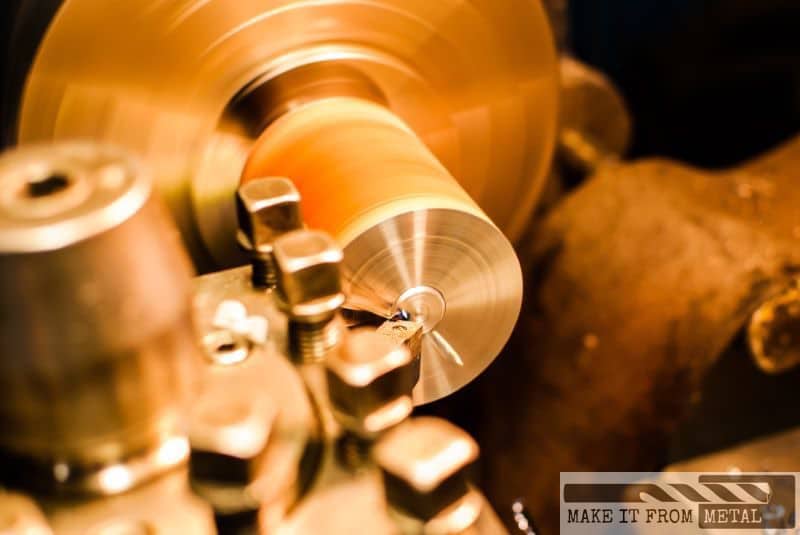- Joined
- Nov 20, 2022
- Messages
- 86
Hobbymetalkits is a website I haven't heard of before, thanks. I'll check them out.First of all, welcome.
For buying materials, HobbyMetalKits, https://hobbymetalkits.com/, stock a lot of smaller stuff in 12” lengths. For bigger stuff, onlinemetals.com has a vast stock, they recently cut shipping cost to $9 for lengths under 36” and under (I think) 50lbs. They also sell protoboxes: you get 5lbs, or 10lbs of off cuts of the metal (not necessarily the shape or alloy) of your choice, about 12” long for a very good price. Great way to get practice material. You can also keep an eye on the For Sale section here, often good stuff going cheap.
Also, I definitely need to check out the protoboxes, since most of the largest parts I can run in my little lathe are what most machine shops classify as offcuts.
Thanks!
Sent from my SM-N960U using Tapatalk


